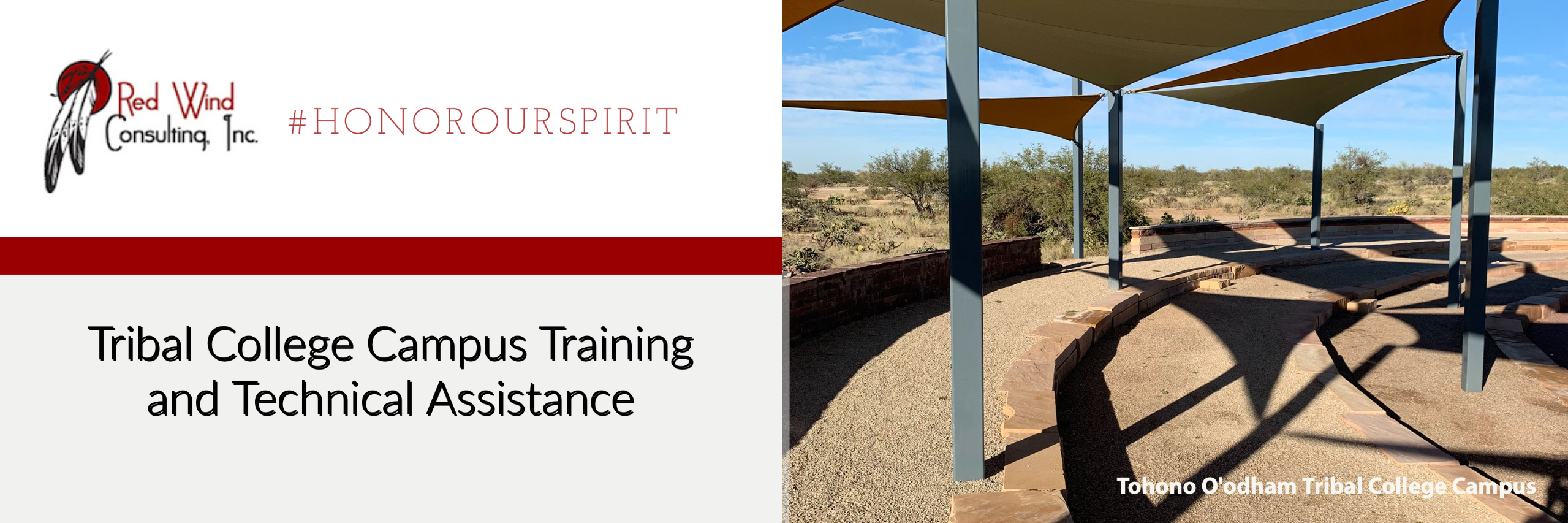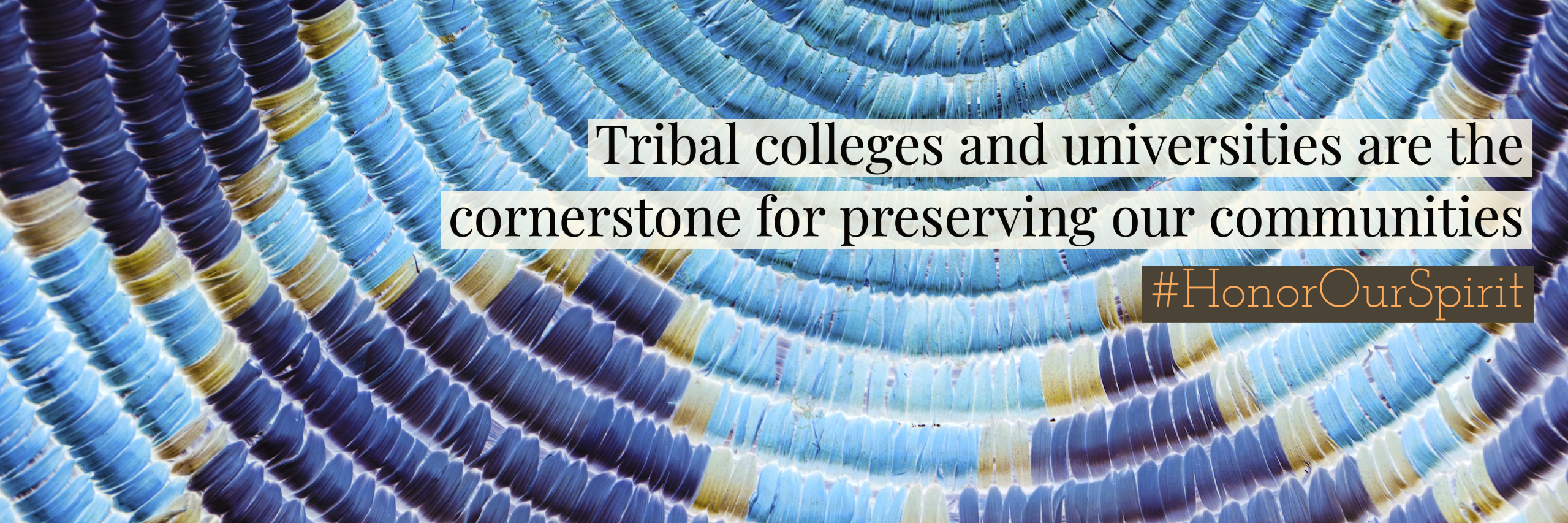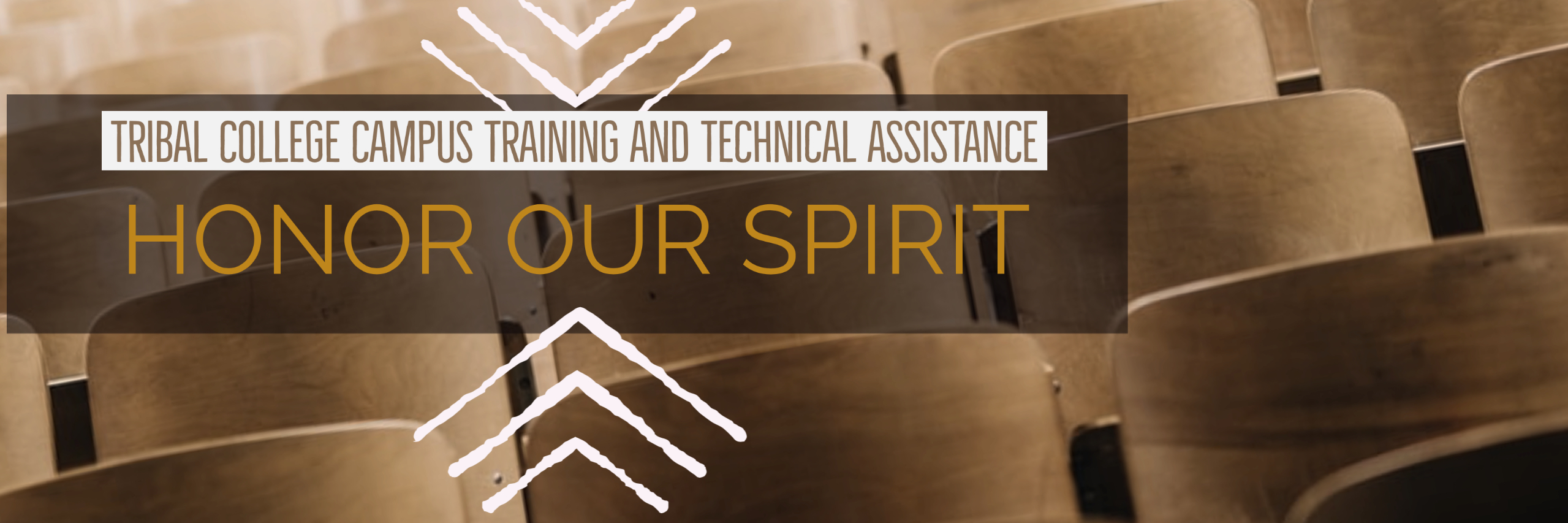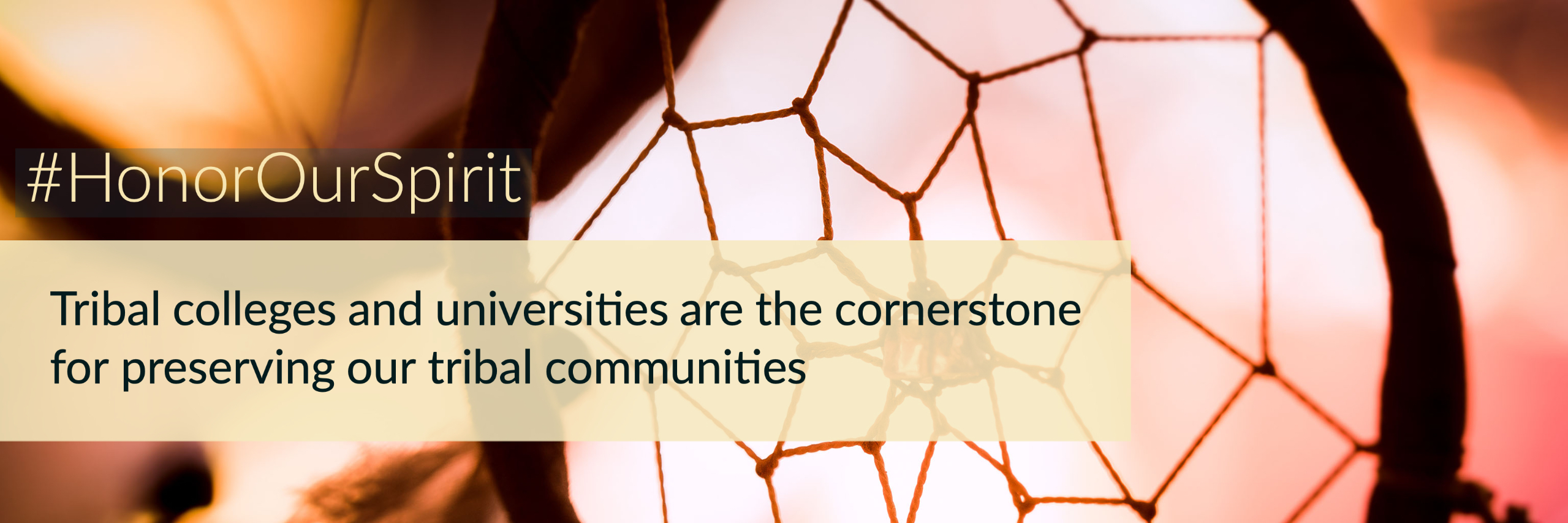Strong Hearts Native Helpline
844-7NATIVE
844-762-8483
844-7NATIVE
844-762-8483
National Sexual Assault Hotline
800-656-4673
800-656-4673
National Teen Dating Abuse Hotline
866-331-9474
866-331-9474
What is Technical Assistance?
From the Department of Justice
OVW's [Office on Violence Against Women] Technical Assistance Program provides training, expertise and problem-solving strategies to meet the challenges of addressing sexual assault, domestic violence, dating violence and stalking.
Technical assistance projects offer in-person and online educational opportunities, peer-to-peer consultations, on-site technical assistance, and tailored assistance for OVW grantees and potential grantees. In more limited circumstances, OVW's technical assistance projects offer technical assistance to a small number of pilot sites as part of demonstration initiatives or assessments of newly developed training curricula or tools.
OVW is focused on building the capacity of criminal justice and victim services organizations to respond effectively to sexual assault, domestic violence, dating violence and stalking and fostering partnerships among organizations that have not traditionally worked together to address violence against women.
* Training and Technical Assistance (2019, February 19). In The United States Department of Justice.
OVW's [Office on Violence Against Women] Technical Assistance Program provides training, expertise and problem-solving strategies to meet the challenges of addressing sexual assault, domestic violence, dating violence and stalking.
Technical assistance projects offer in-person and online educational opportunities, peer-to-peer consultations, on-site technical assistance, and tailored assistance for OVW grantees and potential grantees. In more limited circumstances, OVW's technical assistance projects offer technical assistance to a small number of pilot sites as part of demonstration initiatives or assessments of newly developed training curricula or tools.
OVW is focused on building the capacity of criminal justice and victim services organizations to respond effectively to sexual assault, domestic violence, dating violence and stalking and fostering partnerships among organizations that have not traditionally worked together to address violence against women.
* Training and Technical Assistance (2019, February 19). In The United States Department of Justice.
You do not need to be an OVW grantee to request and receive Tribal College Campus Technical Assistance
1. Make a request for technical assistance.
2. Ask for help thinking about what a holistic response to sexual violence can look like on your campus;
3. Ask for help looking at your current sexual violence response on campus;
4. Request a review of your policies and protocols for your holistic response to sexual violence;
5. Ask for help developing new strategies; and
6. We can offer much more.
2. Ask for help thinking about what a holistic response to sexual violence can look like on your campus;
3. Ask for help looking at your current sexual violence response on campus;
4. Request a review of your policies and protocols for your holistic response to sexual violence;
5. Ask for help developing new strategies; and
6. We can offer much more.
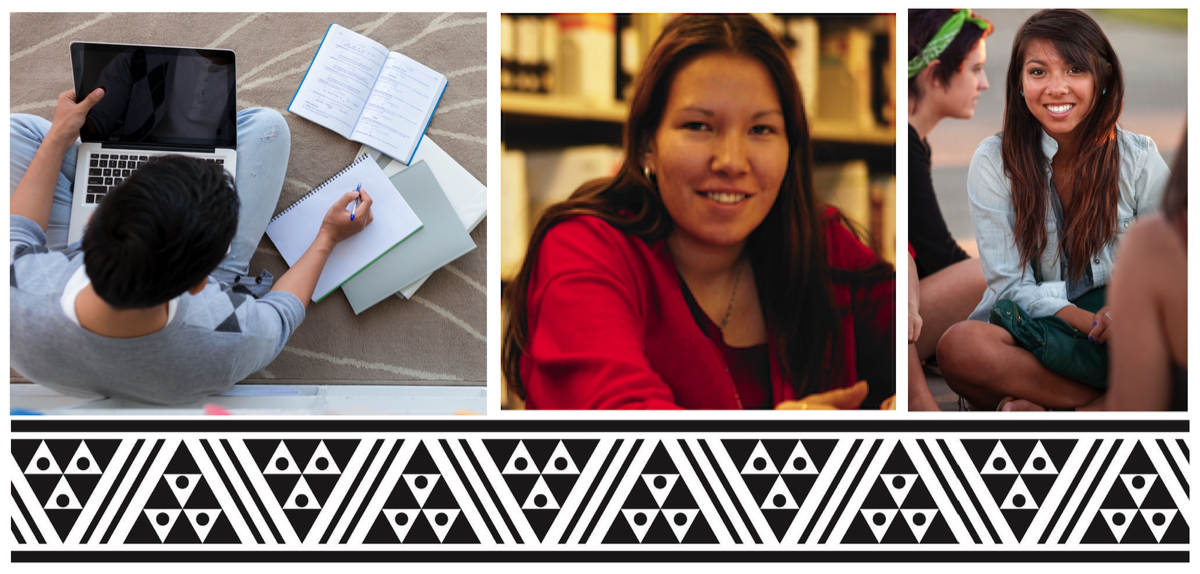

How we work:
Tribal colleges and universities create a space where we can honor our spirits by learning more about our culture while also empowering us to gain more knowledge to create a better, more just world. Red Wind can provide training and technical assistance to all tribal colleges and universities developing and/or implementing a holistic response to sexual assault.
Tribal colleges and universities create a space where we can honor our spirits by learning more about our culture while also empowering us to gain more knowledge to create a better, more just world. Red Wind can provide training and technical assistance to all tribal colleges and universities developing and/or implementing a holistic response to sexual assault.
Our technical assistance includes:
— 1-to-1 assistance tailored to the needs of your tribal campus;
— Webinars covering relevant topics;
— Training and facilitated work sessions;
— Engaged work session (virtually or onsite) providing planning, developing strategies, assisting with developing your holistic and culturally specific sexual assault response on campus; and
— Development of materials to support the Tribal Campus work.
— 1-to-1 assistance tailored to the needs of your tribal campus;
— Webinars covering relevant topics;
— Training and facilitated work sessions;
— Engaged work session (virtually or onsite) providing planning, developing strategies, assisting with developing your holistic and culturally specific sexual assault response on campus; and
— Development of materials to support the Tribal Campus work.
Holistic Intervention and Response
to Sexual Violence on Tribal College Campuses
While campus responders need to be ready for any crisis situation, they also need to be prepared to meet many victims/survivors where they are at. This includes responding to students who have experienced sexual violence in the past such as when they were a child, and/or during high school.
Healing from sexual violence is an ongoing process. Triggers can happen at any moment and having a holistic response provides you with the skills to meet survivors/victims where they are at.
Providing a holistic response should include the following:
— Advocating for the whole person (mental, physical, spiritual, and emotional);
— Traditional supports (ceremonies, medicine, foods, etc.);
— Trauma informed;
— Victim/survivor centered;
— Collaboration between all organizations responding to sexual violence and/or who serve college students
— Perpetrator accountability;
— Challenging college culture that perpetuates sexual violence;
— Policies that reflect being against sexual assault and that clearly define sexual assault;
— Prevention programs;
— The rights to a person’s sovereignty and autonomy over their body;
— Traditional values against gender-based violence, gender and sexuality; and
— Is LGBTQIA and Two Spirit inclusive.
Healing from sexual violence is an ongoing process. Triggers can happen at any moment and having a holistic response provides you with the skills to meet survivors/victims where they are at.
Providing a holistic response should include the following:
— Advocating for the whole person (mental, physical, spiritual, and emotional);
— Traditional supports (ceremonies, medicine, foods, etc.);
— Trauma informed;
— Victim/survivor centered;
— Collaboration between all organizations responding to sexual violence and/or who serve college students
— Perpetrator accountability;
— Challenging college culture that perpetuates sexual violence;
— Policies that reflect being against sexual assault and that clearly define sexual assault;
— Prevention programs;
— The rights to a person’s sovereignty and autonomy over their body;
— Traditional values against gender-based violence, gender and sexuality; and
— Is LGBTQIA and Two Spirit inclusive.
- Sexual Violence
- Holistic Intervention and Response
- Incorporating Traditional Values
- Prevention
- Trauma Informed Campus Environment
- Trauma Informed Campus Environment
- tab 7
- tab 8
- tab 9
- tab 10
- tab 11
- tab 12
- tab 13
- tab 14
- tab 15
- tab 16
- tab 17
- tab 18
- tab 19
- tab 20
Prevalence of Sexual Violence
More than 5 in 6 American Indian and Alaskan Native Women (84.3%) have experienced violence in their lifetime (Rosay, 2016).
56.1% of American Indian and Alaskan Native women have experienced sexual violence (Rosay, 2016).
More than 4 in 5 American Indian and Alaskan Native men (81.6%) have experienced violence in their lifetime (Rosay, 2016).
56.1% of American Indian and Alaskan Native women have experienced sexual violence (Rosay, 2016).
More than 4 in 5 American Indian and Alaskan Native men (81.6%) have experienced violence in their lifetime (Rosay, 2016).
27.5% of American Indian and Alaskan Native men have experienced sexual violence (Rosay, 2016).
1 in 5 female students experience sexual violence (Kammer-Kerwick, Wang, McClain, Hoefer, Swartout, Backes & Busch-Armendariz; 2019).
Gender and sexual minorities [LGBTQ&2S] are more at risk to experiencing sexual violence than non-gender and sexual minorities (Kammer-Kerwick et. Al; 2019).
1 in 5 female students experience sexual violence (Kammer-Kerwick, Wang, McClain, Hoefer, Swartout, Backes & Busch-Armendariz; 2019).
Gender and sexual minorities [LGBTQ&2S] are more at risk to experiencing sexual violence than non-gender and sexual minorities (Kammer-Kerwick et. Al; 2019).
Young adults, especially college and university students, make up a large number of those affected by date rape (Gross, Winslett, Roberts and Gohm; 2006).
Highest reports of rape are seen amongst Native American college women (Gross, Winslett, Roberts, and Gohm; 2006).
74% of rapes are committed by someone the victim knows (Gross, Winslett, Roberts, and Gohm; 2006).
Highest reports of rape are seen amongst Native American college women (Gross, Winslett, Roberts, and Gohm; 2006).
74% of rapes are committed by someone the victim knows (Gross, Winslett, Roberts, and Gohm; 2006).
Impact of Sexual Violence
Sexual assault can leave immediate and long-lasting impacts on survivors that they will carry with them as they navigate being students. It is critical to understand how sexual assault impacts students who are survivors of sexual assault. Physical, mental, emotional and spiritual wellbeing can be impacted in many ways.
Physical short-term impacts
- Pregnancy
- Sexually transmitted infections
- Physical safety
- Eating disruptions
- Changes in sleep patterns
- Self-mutilation
Emotional short-term impacts
- A sense of shame
- Distrust
- Denial
- Guilt
- Minimizing
- Self-isolating
- Rigid or a lack of healthy boundaries
- Changes in relationships
Mental short-term impacts
- Post-Traumatic Stress
- Anxiety
- Depression
- Disruption in self-efficacy
- Severe mood swings
Spiritual short-term impacts
- Loss of interest in traditional activities or activities once enjoyed
- Despair about the future
- Sense of hopelessness
- Sense of identity loss
Long-term impacts of sexual assault
- Chronic illness
- Flashbacks
- Post-traumatic stress disorder
- Panic attacks
- Depression
- Isolation
- Self-harm (self-mutilation)
- Poor health
- Generalized anxiety
Rosay, A.B. (2016). Violence Against American Indian And Alaska Native Women And Men: 2010 Findings From The National Intimate Partner And Sexual Violence Survey (NCJ 249736) Washington D.C.: U.S. Department of Justice Office of Justice Programs National Institute of Justice.
Kammer-Kerwick, M., Wang, A., McClain, T., Hoefer, S., Swartout, K. M., Backes, B., & Busch-Armendariz, N. (2019). Sexual Violence Among Gender and Sexual Minority College Students: The Risk and Extent of Victimization and Related Health and Educational Outcomes. Journal of Interpersonal Violence, 1-28 . doi:10.177/0886260519883866
Gross, A. M., Winslett, A., Roberts, M., & Gohm, C. L. (2006, March). An Examination of Sexual Violence Against College Women. Violence Against Women, 12(3), 288-300. doi:10.1177/1077801205277358
Kammer-Kerwick, M., Wang, A., McClain, T., Hoefer, S., Swartout, K. M., Backes, B., & Busch-Armendariz, N. (2019). Sexual Violence Among Gender and Sexual Minority College Students: The Risk and Extent of Victimization and Related Health and Educational Outcomes. Journal of Interpersonal Violence, 1-28 . doi:10.177/0886260519883866
Gross, A. M., Winslett, A., Roberts, M., & Gohm, C. L. (2006, March). An Examination of Sexual Violence Against College Women. Violence Against Women, 12(3), 288-300. doi:10.1177/1077801205277358
Holistic Intervention and Response
While campus responders need to be ready for any crisis situation, they also need to be prepared to meet many victims/survivors where they are at. This includes responding to students who have experienced sexual violence in the past such as when they were a child, and/or during high school. Healing form sexual violence is an ongoing process. Triggers can happen at any moment and having a holistic response provides you with the skills to meet survivors/victims where they are at.
Providing a holistic response should include the following:
Providing a holistic response should include the following:
- Advocating for the whole person (mental, physical, spiritual, and emotional)
- Traditional supports (ceremonies, medicine, foods, etc.)
- Trauma informed
- Victim/survivor centered
- Collaboration between all organizations responding to sexual violence and/or who serve college students
- Perpetrator accountability
- Challenging college culture that perpetuates sexual violence
- Policies that reflect being against sexual assault and that clearly define sexual assault
- Prevention programs
- The rights to a person’s sovereignty and autonomy over their body
- Traditional values against gender-based violence, gender and sexuality
- LGBTQIA and Two Spirit inclusive
Incorporating Traditional Values
Reflecting on Tribal values on sexual violence is critical when developing a holistic sexual assault response on Tribal College Campuses. Traditional values are our most critical and valuable resources when responding to sexual assault. Here are some ways in which Tribal campuses can incorporate traditional values in a holistic sexual assault response:
An important and critical piece to consider is how your community traditionally held perpetrators accountable. How can you incorporate the Traditional foundation of accountability into your Tribal college? Prevention without proper accountability will not end sexual assault on campus.
- Educating faculty, staff, and students of traditional roles of men, women, LGBTQ2S+
- Traditional beliefs of LGBTQ2S relatives
- Traditional accountability for perpetrators
- Traditional ways/knowledge of healing
- Bring in an elder advisory council to help guide response
An important and critical piece to consider is how your community traditionally held perpetrators accountable. How can you incorporate the Traditional foundation of accountability into your Tribal college? Prevention without proper accountability will not end sexual assault on campus.
Prevention
Prevention training and awareness campaigns are important to offer on Tribal college campuses, as prevention is the cornerstone for changing rape culture on campuses and in our communities. There are many resources and toolkits on how to incorporate prevention awareness on campuses.
- Green Dot for Colleges, Alteristic
- Sexual Violence Prevention: An Athletics Tool Kit for a Healthy and Safe Culture, NCAA
- Shifting the Paradigm: Primary Prevention of Sexual Violence, American College Health Association
- Toolkit for Sexual Assault Awareness and Prevention (Sorority Specific), National Panhellenic Conference
- SART Toolkit : Resources for Sexual Assault Response Teams, Office of Justice Programs
Trauma Informed Campus Environment
There is much research demonstrating the need for having a trauma-informed response when working with victims of sexual assault. The way you respond to a victim can either help or re-traumatize them. It is critical that staff who will be responding to victims of sexual assault, be trained in trauma-informed care. This means that staff understands how trauma can impact victims and survivors.
Some of these trauma responses can be:
Some of these trauma responses can be:
- Depression
- Anxiety
- Hyper-vigilance
- Poor sleep
- Engaging in risky behaviors
- Misuse of alcohol and drugs

Red Wind can assist you
in ensuring that self-care
is part of your
holistic sexual assault response.
Self Care for Those
Responding to Sexual Violence on Campus
Responding to Sexual Violence on Campus
Working as an advocate or responder to sexual violence on campus can be intense for most. Burnout and compassion fatigue are terms we often hear about when it comes to sexual violence advocacy. Advocates and responders to sexual violence on campus handle very traumatic situations and can suffer from vicarious trauma. It is critical that there are practices in place that support staff in protecting and healing themselves.
Create practices that encourage employees/peer navigators to prioritize their care (rewards for physical activity, longer breaks for art classes, yoga, etc.); make sure to have health benefits that includes mental health care (therapists, traditional healing care, etc.); make space and time for staff to participate in cultural traditional activities; organize staff space that nurtures and supports staff (plants, dim lighting, comfortable furniture, etc.); and acknowledge that self-care is needed not just for physical health, but mental, emotional and spiritual wellbeing.
Create practices that encourage employees/peer navigators to prioritize their care (rewards for physical activity, longer breaks for art classes, yoga, etc.); make sure to have health benefits that includes mental health care (therapists, traditional healing care, etc.); make space and time for staff to participate in cultural traditional activities; organize staff space that nurtures and supports staff (plants, dim lighting, comfortable furniture, etc.); and acknowledge that self-care is needed not just for physical health, but mental, emotional and spiritual wellbeing.
Red Wind Consulting, Inc.
- Phone: (833) 719-9463
- Email: tribalcampus@red-wind.net
- Website: red-wind.net
- Tribal College Campus website: tribalcampus.org
Red Wind Tribal Technical Assistance
Partners
Office on Violence against Women (cooperative agreement)
University of Nebraska Omaha
Tate Topa Consulting, Inc.
Office on Violence against Women (cooperative agreement)
University of Nebraska Omaha
Tate Topa Consulting, Inc.
This project was supported by Grant No. 2018-TA-AX-K003 awarded by the Office on Violence Against Women, U.S. Department of Justice. The opinions, findings, conclusions, and recommendations expressed in this publication/program/exhibition are those of the author(s) and do not necessarily reflect the views of the U.S. Department of Justice.
